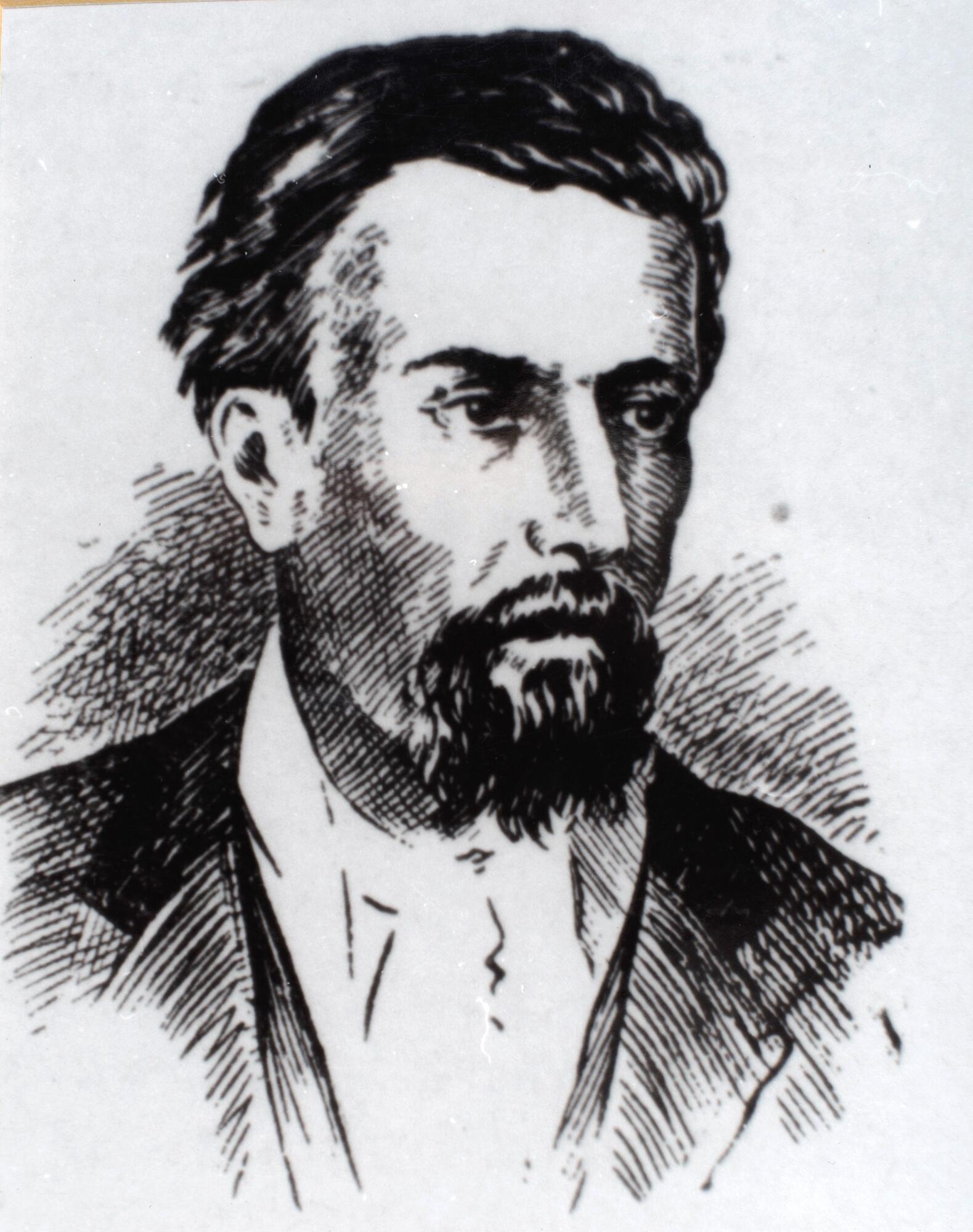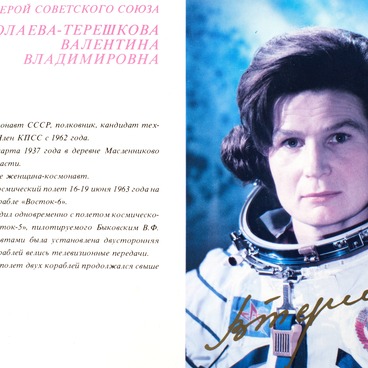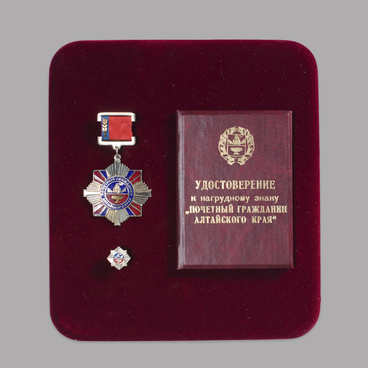Nikolai Ivanovich Kibalchich was an inventor, designer of the first Russian project of a jet engine and a device for manned flights, a socialist revolutionary, and a member of the terrorist organization Narodnaya Volya.
He was born into the family of a priest in the town of Korop, Chernigov Governorate, in 1853. He studied at a theological college, then at a seminary, and later finished a gymnasium with a silver medal. Even then, Nikolai was distinguished by outstanding abilities in mathematics and languages — as well as a rebellious nature. For example, during his studies, he participated in the creation of a secret library of banned books.
At the age of 16, the young man broke off all relations with his father and spent three years in a Ukrainian prison on charges of revolutionary propaganda among the peasants of the Kiev province. After his release, Nikolai Ivanovich joined the group “Freedom or Death” formed inside a larger organization known as “Land and Will”. Then he became an agent of the Executive Committee of Narodnaya Volya, where he headed an underground printing house, engaged in journalism. He wrote one of the most important theoretical articles in the group’s publications — “Political Revolution and the Economic Question” dedicated to the relationship between economics and politics in the protest movement.
Still, his main value for the revolutionary movement was that Kibalchich was the organization’s “chief technician”: he dealt with creating explosives. In particular, in 1879, he produced several pounds of dynamite to be used for terrorist purposes. It was he who invented projectiles with “blasting gelatin”. They were used by Ignacy Hryniewiecki and Ivan Rysakov during the assassination attempt on Alexander II on the Catherine Canal. That was the sixth attempt to kill the tsar liberator. This time, the terrorists succeeded.
On March 17, 1881, Nikolai Kibalchich was arrested and sentenced to death by hanging along with Andrey Zhelyabov, Sofia Perovskaya, and other revolutionaries.
While in prison, a few days before his death, he created a project for the world’s first heavier-than-air jet aircraft. The inventor fervently believed that such ideas could be implemented.
He was born into the family of a priest in the town of Korop, Chernigov Governorate, in 1853. He studied at a theological college, then at a seminary, and later finished a gymnasium with a silver medal. Even then, Nikolai was distinguished by outstanding abilities in mathematics and languages — as well as a rebellious nature. For example, during his studies, he participated in the creation of a secret library of banned books.
At the age of 16, the young man broke off all relations with his father and spent three years in a Ukrainian prison on charges of revolutionary propaganda among the peasants of the Kiev province. After his release, Nikolai Ivanovich joined the group “Freedom or Death” formed inside a larger organization known as “Land and Will”. Then he became an agent of the Executive Committee of Narodnaya Volya, where he headed an underground printing house, engaged in journalism. He wrote one of the most important theoretical articles in the group’s publications — “Political Revolution and the Economic Question” dedicated to the relationship between economics and politics in the protest movement.
Still, his main value for the revolutionary movement was that Kibalchich was the organization’s “chief technician”: he dealt with creating explosives. In particular, in 1879, he produced several pounds of dynamite to be used for terrorist purposes. It was he who invented projectiles with “blasting gelatin”. They were used by Ignacy Hryniewiecki and Ivan Rysakov during the assassination attempt on Alexander II on the Catherine Canal. That was the sixth attempt to kill the tsar liberator. This time, the terrorists succeeded.
On March 17, 1881, Nikolai Kibalchich was arrested and sentenced to death by hanging along with Andrey Zhelyabov, Sofia Perovskaya, and other revolutionaries.
While in prison, a few days before his death, he created a project for the world’s first heavier-than-air jet aircraft. The inventor fervently believed that such ideas could be implemented.



